SUMMARY
This is AI generated summarization, which may have errors. For context, always refer to the full article.
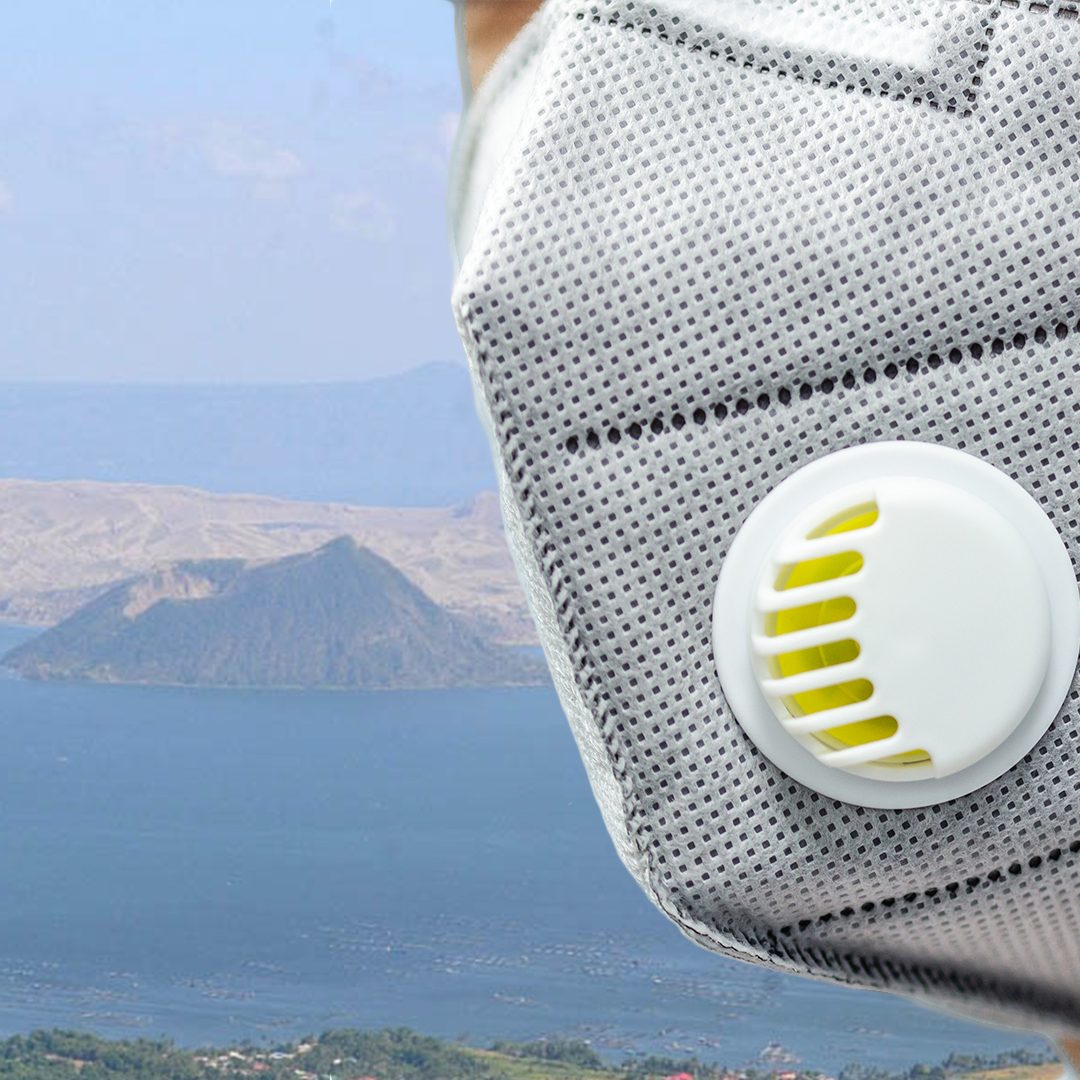
Did you notice the haze in your area for the past few days?
On Wednesday morning, June 30, the Philippine Institute of Volcanology and Seismology (Phivolcs) said volcanic smog or vog from Taal Volcano in Batangas reached Calabarzon, Metro Manila, and other parts of Luzon.
Phivolcs reported on Tuesday that the haze in Metro Manila was from pollution caused by “human activities.” However, in a statement at 6:30 am on Wednesday, the agency said new satellite data showed the vog from Taal Volcano reached various areas in Luzon.
In an earlier advisory, Phivolcs explained that the vog is a result of the continued sulfur dioxide or SO2 emission from the main crater.
What are the health effects of inhaling SO2?
The agency said SO2 in vog is “acidic and can cause irritation of the eyes, throat, and respiratory tract in severities depending on the gas concentrations and durations of exposure.”
Medline Plus, a repository of medical information by the United States National Institutes of Health, says symptoms of vog exposure include breathing problems, coughing, flu-like symptoms, more mucus production, and sore throat. Breathing in vog irritates the lungs and mucous membranes, and may affect your immune system.
Exposure to SO2 may affect people differently – those with lung conditions such as asthma and bronchitis may be more sensitive to vog than others.
Here’s what you can do to protect yourself against vog, according to Phivolcs:
Avoid outdoor activities and stay indoors.
If you have no urgent need to go outdoors, stay inside as much as possible. Remember to also shut down windows and doors.
Cover your nose, ideally with an N95 face mask.
The Department of Health (DOH) previously recommended the use of N95 masks when the Taal Volcano erupted back in January 2020, and when the COVID-19 pandemic broke. N95 masks filter at least 95% of airborne particles, but are not resistant to oil. (EXPLAINER: Face masks 101)
Drink plenty of water to reduce any throat irritation or constriction.
Staying hydrated will help loosen any congestion from vog exposure. Drinking warm liquids such as tea may also help with relieving symptoms.
Seek help from a doctor or the barangay health unit if needed.
Vulnerable groups which include people with health conditions, the elderly, pregnant women, and children should be particularly observed.
– Rappler.com
Add a comment
How does this make you feel?

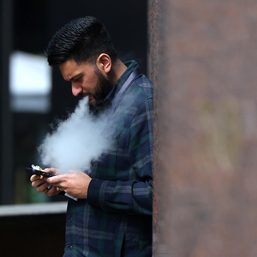
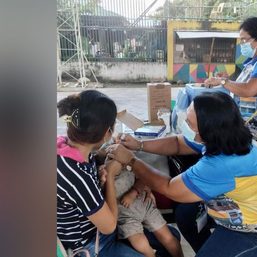


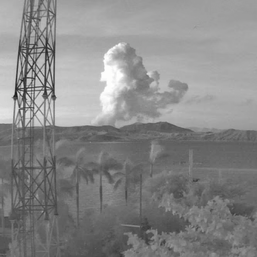
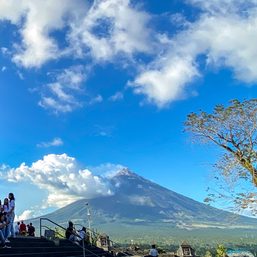
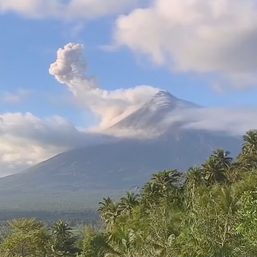
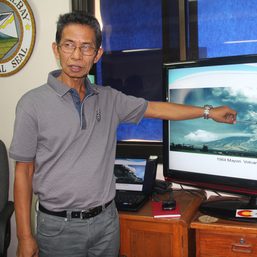
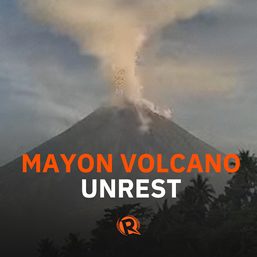
There are no comments yet. Add your comment to start the conversation.